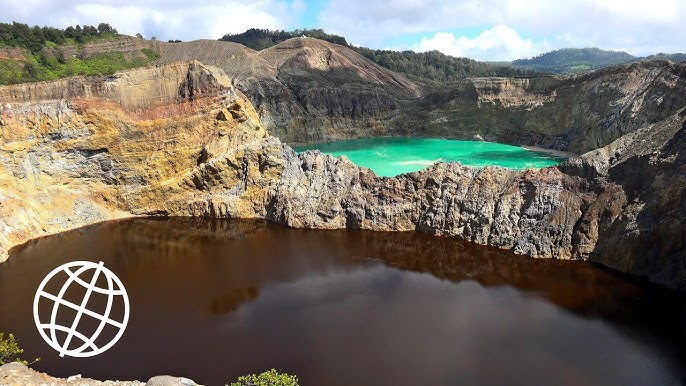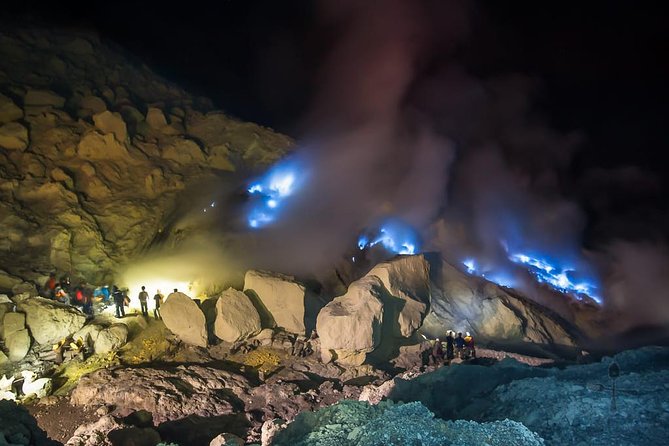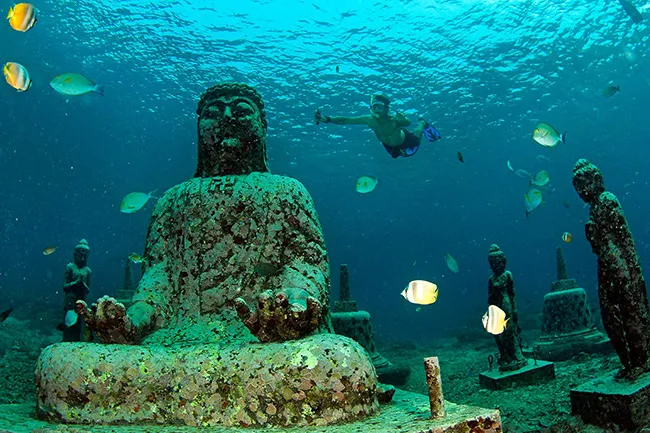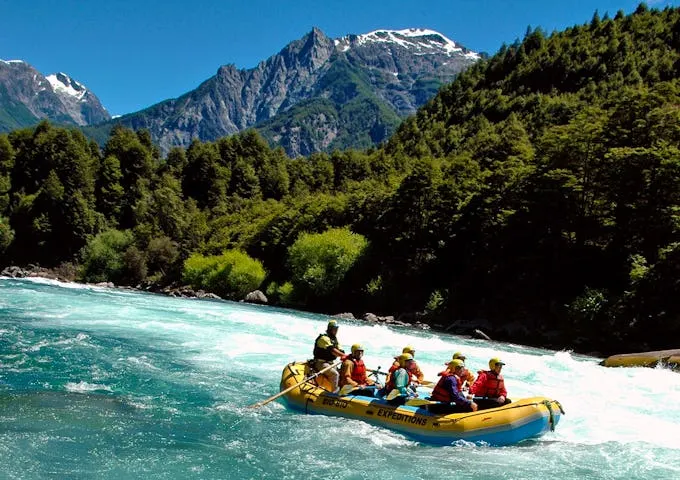The Futaleufú River, often hailed as one of the world’s most stunning waterways, slices through the pristine wilderness of Patagonia in southern Chile. Known for its turquoise-blue waters and heart-pounding rapids, this iconic river draws thrill-seekers from around the globe. In this comprehensive guide, discover the history of the Futaleufú River, its unique geography, top activities like rafting and kayaking, and why it’s a must-visit for nature lovers. Whether you’re planning a trip or just dreaming of adventure, here’s everything you need to know about the Futaleufú River in 2025.
The Geography and Formation of the Futaleufú River
Nestled in the Los Lagos Region of Chile, the Futaleufú River originates from Lago General Carrera (shared with Argentina as Lake Buenos Aires), the second-largest lake in South America. Stretching approximately 96 km (60 miles), it flows westward through rugged Andean landscapes before emptying into the Pacific Ocean near Puerto Chacabuco in the Gulf of Corcovado.
What sets the Futaleufú River geography apart? Its waters get their mesmerizing turquoise hue from glacial silt (rock flour) carried from the surrounding mountains, creating a vibrant, almost ethereal blue. The river traverses diverse terrains: from serene lake outflows to steep canyons and forested valleys, making it a hotspot for Patagonia river exploration. Protected within the Futaleufú National Park, it boasts UNESCO-recognized biodiversity, including ancient temperate rainforests and Andean condors soaring overhead.
| Key Geographical Features | Details |
|---|---|
| Length | 96 km (60 miles) |
| Source | Lago General Carrera |
| Mouth | Pacific Ocean (Gulf of Corcovado) |
| Basin Area | ~8,500 km² |
| Elevation Drop | Up to 300m in key sections |
| Water Color | Iconic turquoise from glacial melt |
This dynamic ecosystem supports thriving wildlife, from elusive huemul deer to kingfishers darting along the banks perfect for eco-tourism.
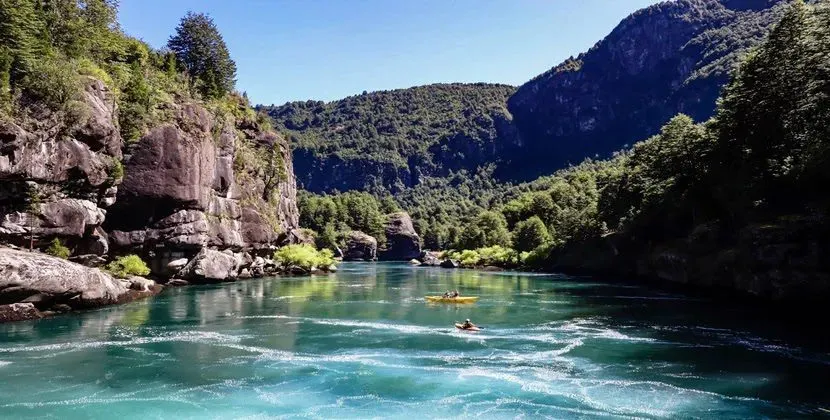
A Brief History of the Futaleufú River
The history of the Futaleufú River is as wild as its rapids. Indigenous Chono and Kawésqar peoples navigated its waters for millennia, relying on it for fishing and trade routes. European explorers, like Ferdinand Magellan in the 16th century, skirted its edges during Pacific voyages, but it wasn’t until the 20th century that the river gained fame.
In the 1940s, the Futaleufú Hydroelectric Project sparked controversy, with Chile harnessing its power for energy while sparking environmental debates. Today, the Futaleufú River history symbolizes conservation triumphs: In 1986, it became part of a national reserve, and ongoing campaigns have thwarted large-scale damming, preserving its pristine flow. Fun fact: The river’s name, “Futaleufú,” means “great river” in Mapudungun, the indigenous Mapuche language fitting for its mighty presence.
Top Activities on the Futaleufú River: Rafting, Kayaking, and Beyond
The Futaleufú River activities are legendary, especially for white-water enthusiasts. Classified as Class III-V rapids, it’s a playground for adrenaline junkies, yet accessible for beginners with guided tours.
Rafting on the Futaleufú River
Experience the rush on a Futaleufú River rafting expedition. The signature “Inferno” section features 10 miles of non-stop waves, drops, and hydraulics often called the world’s best one-day raft. Guided trips from Chiloé Aventura or Patagonia Elements start at $150 USD, including gear and safety briefings. Pro tip: Go in summer (December-February) for peak flows.
Kayaking and Stand-Up Paddleboarding
For a more intimate paddle, try kayaking the Futaleufú River. Rent kayaks in nearby Futaleufú town and tackle sections like Throne Room or Terminator. SUP options offer calmer lake paddles with stunning Andean views. Beginners? Opt for half-day clinics emphasizing river safety.
Other Adventures
- Hiking Trails: Trek the 12 km Camino del Diablo trail along the riverbanks, spotting waterfalls and wildlife.
- Fishing: Fly-fish for rainbow trout in the upper reaches sustainable catch-and-release only.
- Multiday Expeditions: Combine rafting with camping for immersive Patagonia Futaleufú overnights under starry skies.
Safety first: Always book with certified operators, as the river’s power demands respect.
ALSO SEE : Pink Fairy Armadillo: The Forgotten Jewel of Argentina’s Desert
Best Time to Visit the Futaleufú River and Travel Tips
Timing is key for Futaleufú River travel. Summer (November-March) brings warm temps (15-25°C/59-77°F) and high water levels ideal for rafting, but crowds peak in January. Shoulder seasons (October, April) offer fewer tourists and wildflower blooms, though flows drop.
How to Get to the Futaleufú River:
- Fly into Balmaceda Airport (PMC) near Puerto Chacabuco, then drive 3 hours north.
- Bus from Puerto Montt (8-10 hours, ~$50 USD).
- Rent a 4×4 for the gravel Carretera Austral highway scenic but bumpy!
Budget: Expect $100-200 USD/day for lodging, meals, and activities. Stay in eco-lodges like Todos Los Santos for river views. Pack layers, waterproof gear, and eco-friendly sunscreen to protect this fragile paradise.
Conservation Efforts and Why the Futaleufú Matters
The Futaleufú River conservation is a global story of triumph. Organizations like the Futaleufú Riverkeeper and Patagonia Inc. fight hydropower threats, ensuring its free-flowing status. As climate change melts glaciers, monitoring water quality is crucial visitors can join citizen-science cleanups.
Visiting supports local economies and underscores the river’s role in biodiversity: It’s a carbon sink and migratory corridor for salmon. Sustainable tourism here isn’t just nice it’s essential.
Conclusion: Why the Futaleufú River Should Be on Your Bucket List
The Futaleufú River isn’t just a waterway; it’s a symphony of nature’s raw power and beauty, blending adrenaline with serenity in Chile’s Patagonian heart. From epic rafting runs to tranquil hikes, it offers adventures for every soul. Ready to conquer the blue? Book your trip and let the Futaleufú’s turquoise magic sweep you away.
